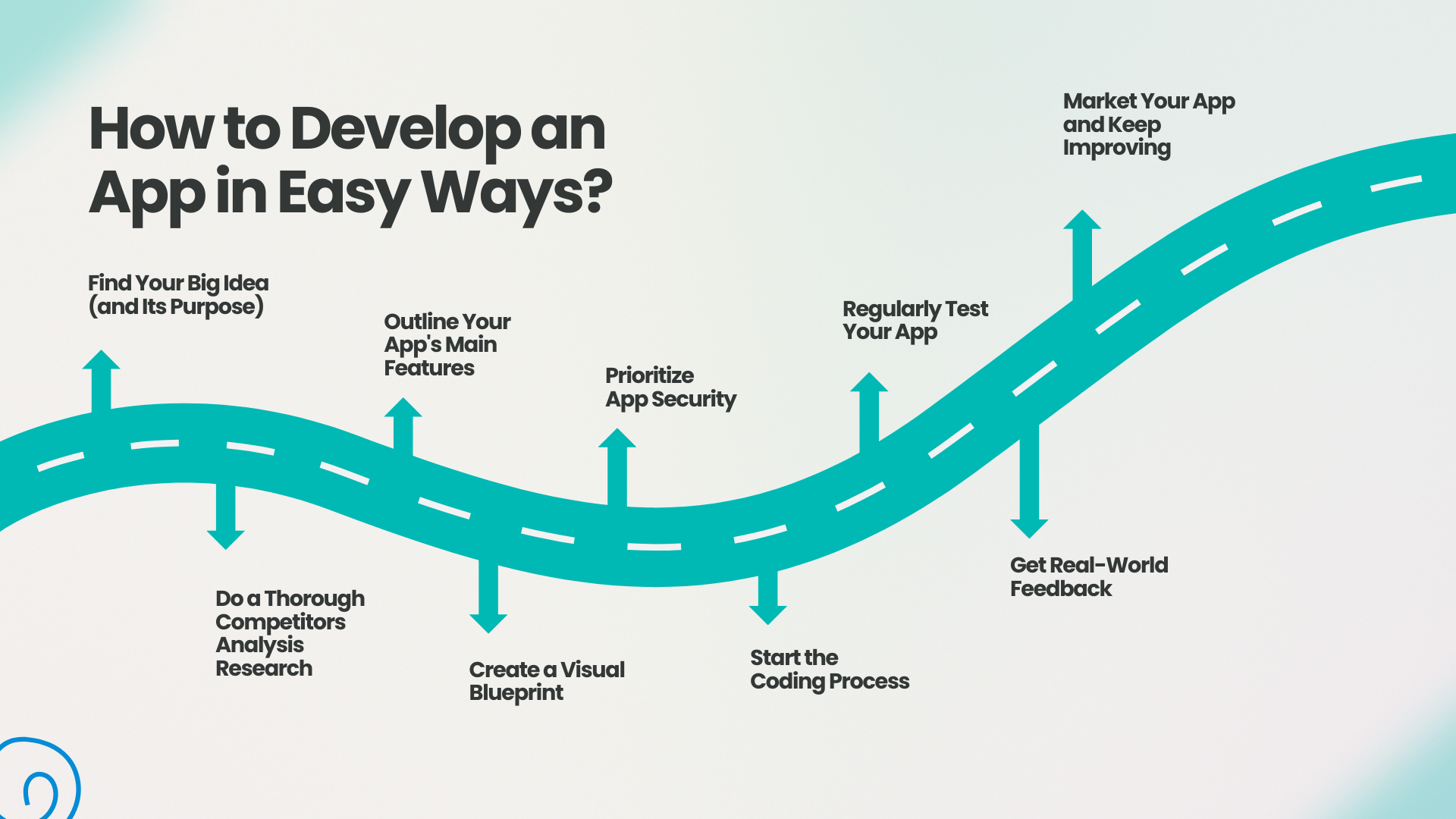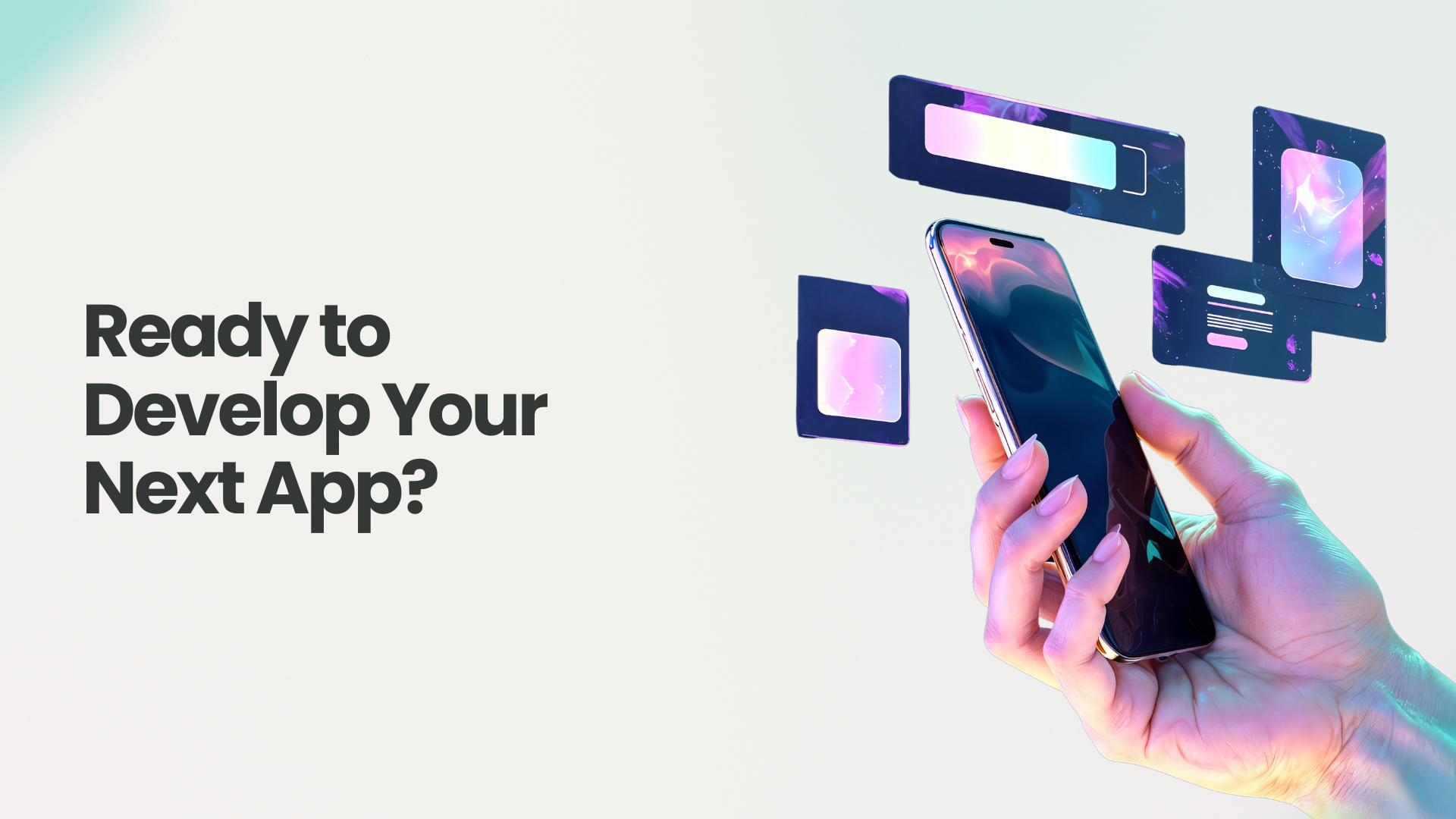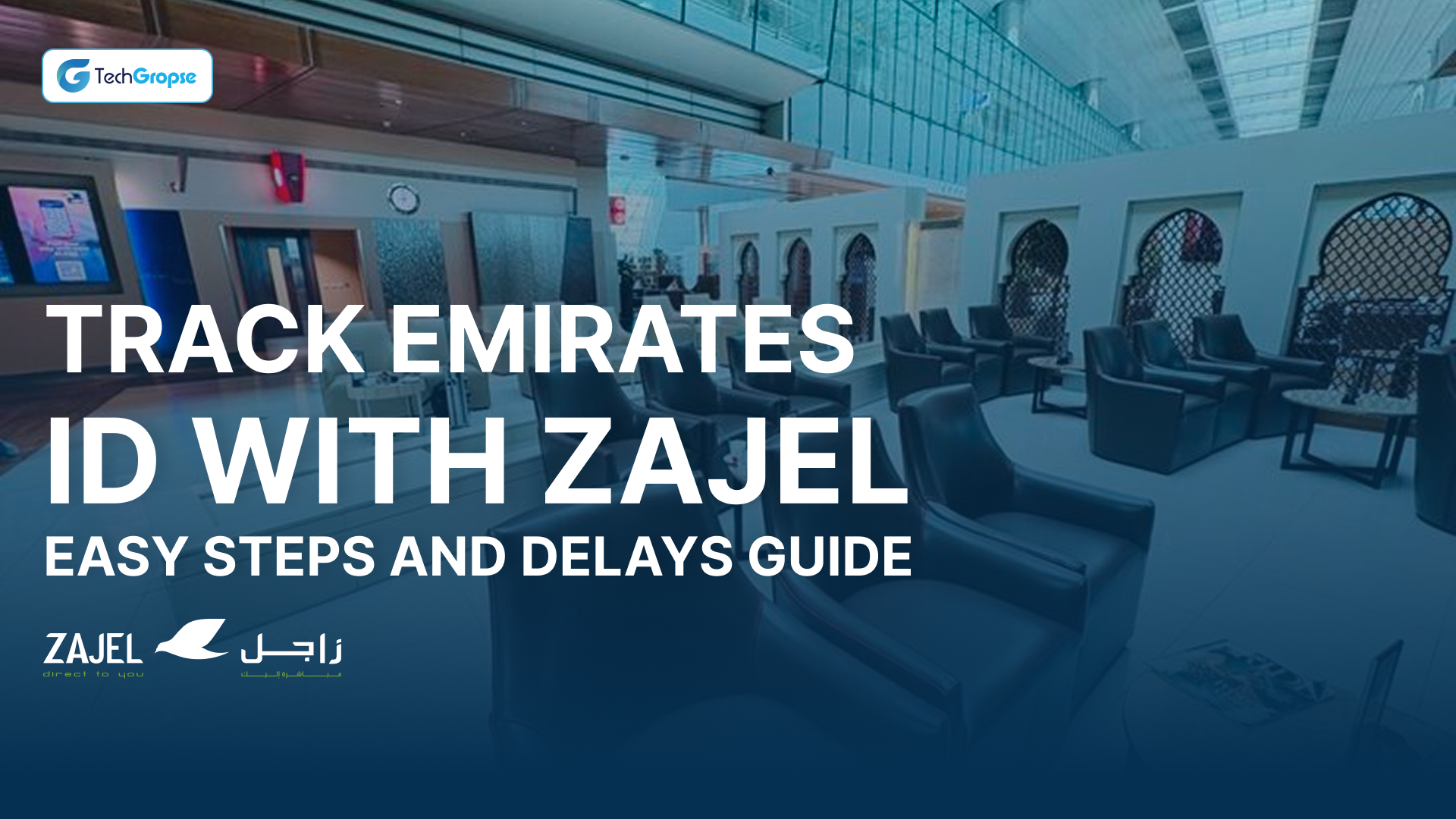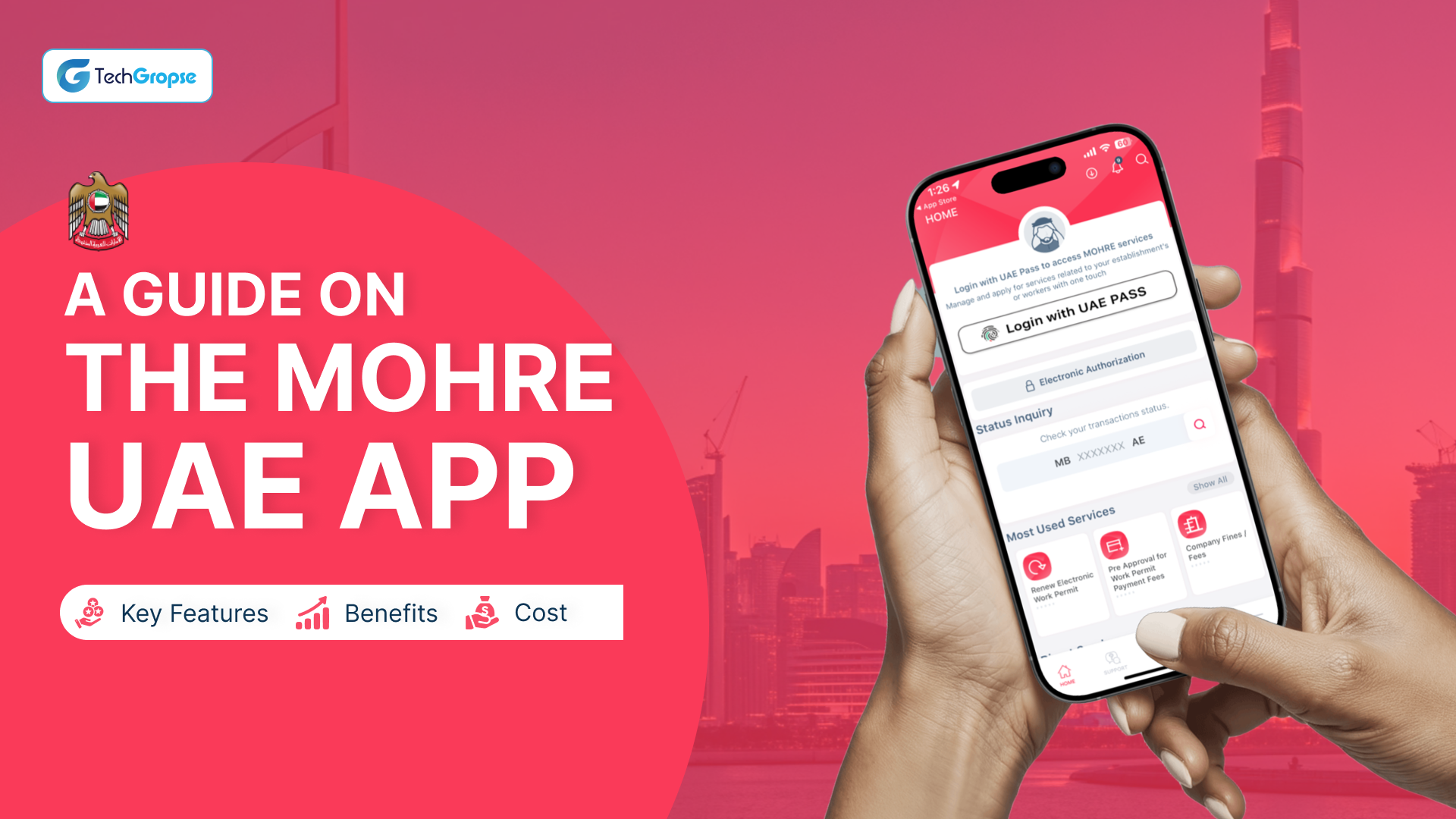That fantastic app concept you can’t get out of your mind?
The one that won’t quit nagging you? You may ask yourself if it has the potential to generate real income. Just think about this: by 2024, mobile applications had produced over $935 billion in revenue. That astronomical figure is proof that there is a demand for innovation, and one can be profitable.
If you’re willing to put aside questioning and begin building, then this guide is where you start. We’ll take you through how to develop an app with a simple, step-by-step process that takes your idea and converts it into a product that works.
How to Develop an App in Easy Ways?  To initiate your app development process, follow the below given steps below:
To initiate your app development process, follow the below given steps below:
Find Your Big Idea (and Its Purpose)
Every fantastic app began as a basic idea. The true magic isn’t in the idea itself, but in the “why” behind it. Who are you creating this for? What real problem are you fixing for them?
Be a Problem-Solver: Rather than yet another bland social media stream, consider a particular pain point. Would you create an app that connects local artists with small businesses to collaborate with, or an app that makes meal planning easier for busy parents? The more specific your cause, the more loyal your early adopters will be.
Identify Your Key Features: What are the three or four things that your app simply has to do in order to be valuable? For a meal planner, that could be a recipe database, a shopping list, and a weekly calendar. You can also hire app developers to help you understand the type of features you need in your app.
Select Your Business Model: Next, you need to decide upon whether your app will be free and supported by ads, a one-time pay-up price, or a subscription. Keeping this in mind from day one, as this will impact every design and development decision you make. Many businesses also partner with a mobile app development company in Dallas to figure out their app model.
Do a Thorough Competitors Analysis Research
The next step in the app development process is doing a thorough competitive analysis. You’re not building in a vacuum. A little research goes a long way. This isn’t copying; it’s learning what’s already available and getting your own angle.
Dig Deep: Download and utilize competing apps. What do you love about them? What drives you nuts? The one-star reviews are proof of what people are lacking and what problems you can solve better. All this information will help you with mobile app development in Dallas, Texas.
Find Your Niche: Your research will uncover holes. Perhaps other apps are too complex, too pricey, or they don’t cater to a particular group. This is where your app can really shine and differentiate itself from the rest.
Speak to Your Audience: The best ideas come from actual people. Ask potential users what they would wish they had in an app like yours. You could discover a fantastic feature you’d never even imagined.
Outline Your App’s Main Features
You’ve got your idea and research, now it’s time to outline what your app is actually going to do. We’re talking big picture here—functionality and overall user experience. This is a critical step when you build an app from scratch.
Begin Small: Your first version, or your Minimum Viable Product (MVP), must be compact and lean. It is always preferable to possess a tightly crafted, bug-free application with a few key features than a complex one that contains bugs.
Think Cross-Platform: In order to reach as many people as possible, think about designing your app that work for both platforms. This needs a little more planning to ensure the experience is cohesive across both.
Focus on the User: Ensure your set of features is logical from a user’s point of view. It should be intuitive, speedy, and, above all, actually useful.
Create a Visual Blueprint
Before starting to develop your app, it is important that you have a blueprint of it, such as how your app would look and the functions it will have. This is where you get to started everything without writing a single line of code. This is how you can build an app from scratch with a good foundation.
Sketch Your Mockups: This is your app’s visual plan. You’ll design each screen, choosing colors, fonts, and deciding where buttons and images will go. You can collaborate with app developers in Dallas, TX, to truly bring your idea to life.
Map the User’s Journey: How is a user going to transition from the home screen to the action they desire? A user flow diagram is a map that illustrates all the routes they can follow.
Get Early Feedback: The next step you need to follow in the mobile app development guide is to share your mockups with friends and family. Can they learn how to use it? Is anything unclear? Changing things at this point is much simpler and less expensive than after development is underway.
Prioritize App Security
Just a single security loophole can destroy your app’s image forever, so ensure that your mobile app developers in Dallas, Texas, create a secure and top-notch app. You have to win the trust of your users, so security is one thing you cannot compromise on from the very beginning.
Encrypt All the Data: All sensitive data, including the passwords, personal data, must be encrypted with proper encryption protocols both at the time when it is stored and when transmitted over the internet.
Implement Strong Authentication: Employ secure login practices and mechanisms to control user sessions and authenticate users such that only legitimate users can access the app.
Test Like a Hacker: You have to be aggressive. Test your app continuously for weaknesses. Identify and fix any inconsistencies before an attacker does.
Start the Coding Process
Next, initiate the coding process to develop both the front-end and backend of your app.
Use the Right Tools: Pick the best programming languages and frameworks for your project. For a cross-platform application, for instance, you could go with something like React Native or Flutter. If you have a simpler idea, you might consider no-code app development.
Work in Cycles: An “Agile” methodology is perfect for this. That means you develop the app in small, iterative cycles, allowing constant testing and revisions. This makes the entire process more flexible and efficient.
Write Clean Code: Ensure that your code is clean and understandable. This will eliminate any unnecessary interactions you need to do when you have to debug or implement new features.
Regularly Test Your App
A buggy app is a fast recipe for losing users. To avoid this, you require an intense testing procedure that goes much further than a fast glance. This is an essential part of app development for beginners.
Test on Multiple Devices: Your application must run smoothly on a range of devices with various screen sizes and operating system levels. One phone may not work the same way as another.
Test Everything: Ensure that all features, buttons, and links function as they should. Does the shopping cart add up correctly? Does the search function provide the correct results?
Check for Performance: Put your app’s speed and battery life to the test. No one wants a slow-loading app or one that sucks up their phone’s battery.
Get Real-World Feedback
Before you launch, you must get honest feedback from real people. This is your final opportunity to catch any problems and implement changes based on what your audience actually feels.
Conduct a Beta Program: Get a small group of people to try out your app. They’ll let you know what’s confusing, what they’re loving, and what they think can be improved.
Listen and Learn: Don’t take their feedback personally—it’s a gift! Use their ideas to shape your features and enhance the overall experience.
Wrap up the MVP: With this feedback, you’ll give your app its final touches and prepare it for its big debut. If you’re looking to hire app developers to assist, the app development cost can be a factor here, so plan your budget accordingly.
Go live in the App Store
After working on building and testing your app, your app is ready to be introduced to your customers through the app launch on the app store. The app development process has been a long one, but now it’s time to show it off.
Know the Rules: The Apple App Store and Google Play Store each have their own set of guidelines and review policies. Take the time to read them so your app isn’t rejected.
Create a Proper Listing: Your app’s description, screenshots, and video preview are your introduction. Make them great and highlight why people want your app.
Plan Your Launch: Do you want to release your app to a small audience initially or to your entire target audience? You decide, but get prepared for new users!
Market Your App and Keep Improving
A successful launch is not the end; it’s just the start. Now you need to get people to discover and use your app. The best app development platforms are always evolving, and so should your strategy.
Master App Store Optimization (ASO): This is app SEO. Putting the correct keywords in your title and description will make people find you.
Engage on Social Media: Make use of social media to build a community for your application. Promote, post behind-the-scenes photos and videos, and interact with your consumers.
Listen to the Data: Utilize analytics to discover how folks are using your application. What features are most used? Where are they getting hung up? This data will inform future updates, since the best applications are ever-changing.
Ready to Develop Your Next App?  So, you might have understood the whole app development process after going through the entire article. If you need assistance in developing your app, you can connect with TechGropse. We are one of the leading mobile app development companies in Dallas who can help you throughout the app development process. Whether it is the guidance you need or the building of a unique digital product, we are here to guide the same with our skilled and experienced developers, project managers, UI/UX designers, etc.
So, you might have understood the whole app development process after going through the entire article. If you need assistance in developing your app, you can connect with TechGropse. We are one of the leading mobile app development companies in Dallas who can help you throughout the app development process. Whether it is the guidance you need or the building of a unique digital product, we are here to guide the same with our skilled and experienced developers, project managers, UI/UX designers, etc.
FAQ
The amount spent on creating an app will depend on a number of factors, such as how many developers are in the team, how much resource is needed, how complicated the app is, etc. Also, outsourcing the developers will be costlier than having in-house developers.
Yes, a new programmer can too. There are several no-code or low-code app development platforms, and there are drag-and-drop tools available to assist in automating and simplifying the process of creating an app.
Yes, it is common practice to change an app after release. You can release updates to include new features and functionalities, meeting user needs and requirements as time goes on.
A mobile app’s design timeline depends on complexity. An MVP will have about 4 to 8 weeks, while a feature-rich application will have about 3 to 6 months.
Building an app takes seven fundamental steps: initially, identify your concept for an app and decide on a native or PWA platform. Thereafter, pick a development path, for example, a no-code creator. Subsequently, you will need to thoroughly test the app on both iOS and Android devices. Lastly, the process is completed by publishing the app in the app stores.





